Is Lao at Waldorf Astoria Dubai a safe South-East Asian bet?
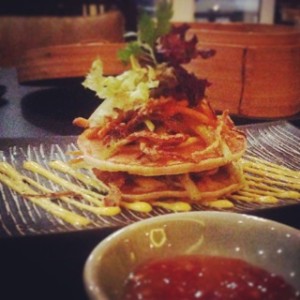 Most five-star hotels in Dubai boast some kind of Asian or Far-Eastern restaurant – whether that’s Indian, Thai, Chinese, Japanese, or to play it safe, the more all-encompassing South-East Asian. And that’s the route Waldorf Astoria Dubai on Palm Jumeirah has taken with Lao – named after a tribe that populated South-East Asia in the first millennium.
Most five-star hotels in Dubai boast some kind of Asian or Far-Eastern restaurant – whether that’s Indian, Thai, Chinese, Japanese, or to play it safe, the more all-encompassing South-East Asian. And that’s the route Waldorf Astoria Dubai on Palm Jumeirah has taken with Lao – named after a tribe that populated South-East Asia in the first millennium.
You would expect the menu to be divided by country, yet dishes are grouped into dim sum, appetisers, soups and so on, marrying traditional with fusion fare. But you will find a medley of dishes from Vietnam where the female chef hails from; as well as Thailand, Cambodia, Malaysia and Indonesia, even stretching to Singapore and China.
Fans of pho, the fragrant meaty rice noodle broth that the Vietnamese named after French pot-au-feu will find their fix here. But it’s too steamy these days for what is essentially a soup, so my dining companion and moi opt for a couple of dim sum appetisers. I am always drawn to anything foie gras for its decadence and naughtiness – and this menu has a couple of options. The foie gras dumplings on a bed of sour apple that we order are sadly under-steamed, bordering on crispy – and the diced foie gras filling a little on the mean side. When I spot onion pancake on the menu, I have in mind those moreishly fluffy Chinese-style scallion pancakes that make for pure comfort fodder – but no what we are served here at Lao is an oversized blini topped with deep-fried onions and slivers of fried chicken skin (pictured above). I don’t mind having my perceptions blown out of the steamy window, in fact I welcome surprises, but this concoction is purposely and rather oddly served cold – it may look pretty but it’s disappointingly bland. We taste and leave it.

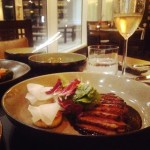
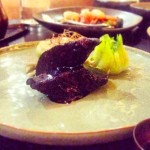
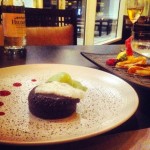
Moving onto mains, the duck (Muscovy) breast braised in honey and ginger arrives carved thinly, all nice and rosy, but its skin is far from the caramelised crispiness which we expect given our waiter’s earlier rendition of the dish. The feather-thin slivers of radish on a bed of Japanese yam served with the dish are deliciously good though. Our star dish of the night by far is the braised short ribs with fried garlic root and a pak choy delicately spiced with wasabi. The beef is velvety and super succulent; so tender it falls off the fork…and chop sticks. The classic Malaysian-cum-Indonesian dish of lamb rendang is underwhelming with the slow-cooked cuts not particularly tender and juicy. Oddly there are no steamed veggies on the menu given there are so many other traditional dishes, but our waiter kindly obliges with a generous portion of pak choy, carrots and broccoli lightly doused in oyster sauce – cooked perfectly al dente.
The waiter notices our disappointment with some of the dishes when clearing our plates, and brings us a couple of desserts on the house. The chocolate molten cake is exceptional – moist, oozing with hot dark chocolate and a good match to a wonderfully smooth green tea ice cream – whilst pocket-folded crêpes served cold (again) are rather nondescript. All portions from starters to mains and desserts are generous, and the traditional fare like the rendang is offered as a small or large serving. Lao has a limited cocktail menu, but an ample and well-priced wine list – including my current favourite non-champagne fizz – the South African Simonsig Brut for AED400 a bottle.
Clearly it’s hit and miss with our choice of dishes; perhaps Lao should condense the mammoth menu and focus on fewer, well-executed dishes. What Lao loses out on food, it makes up for with intuitive service and a waiter who proactively and expertly explains the cooking style of each dish – under the helm of restaurant manager, Lily, who some of you may recall from her Hukama days. On a Wednesday evening, only a handful of tables are occupied and perhaps due to Ramadan lacks much-needed atmosphere. The restaurant is an intimate space with a small bar and private dining alcoves, but the all-chocolate decor is a little sparse and lacklustre, with for want of a much-overused phrase, no sense of place…or South-East Asia.
Expect to pay between AED200-250 per head without booze, and if you have the Entertainer book or app, you can get yourself two main courses for the price of one. Discount aside, it’s a reasonably priced restaurant for a top-end licensed hotel location and the service impresses, but with only three out of eight dishes wowing us, the chef really needs to fine tune the menu for Lao to compete in Dubai’s prolific and well…safe South-East Asian restaurant space. For now, it’s a two and a half FooDiva knife rating. If you’re choosing to dine at Waldorf Astoria, Social by Heinz Beck is a much safer bet.
If you’ve tried and tasted Lao what are your thoughts? Where’s your go-to restaurant for South-East Asian fare?
A bientôt.
FooDiva. x
















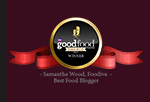
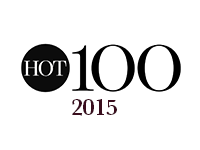








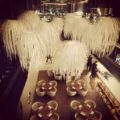
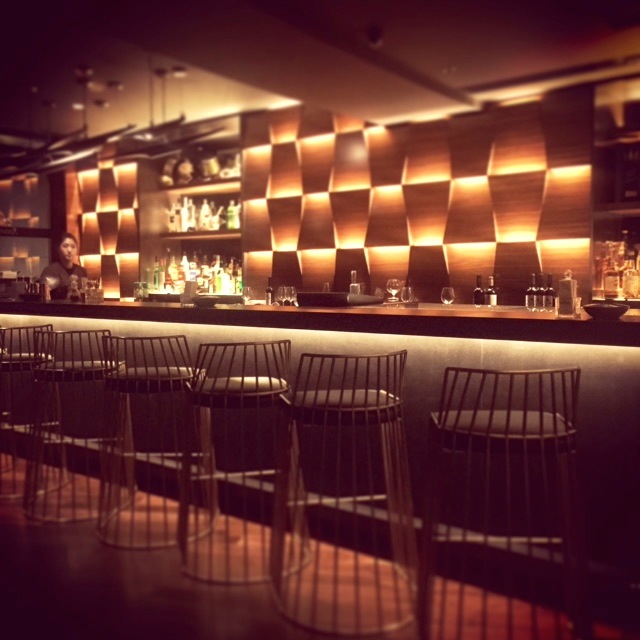
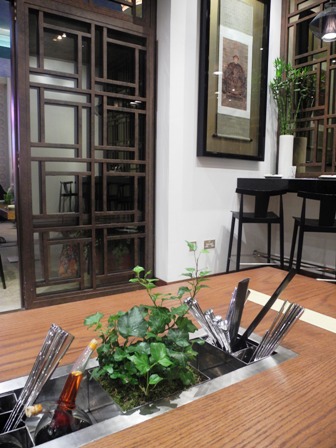
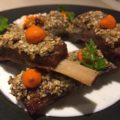


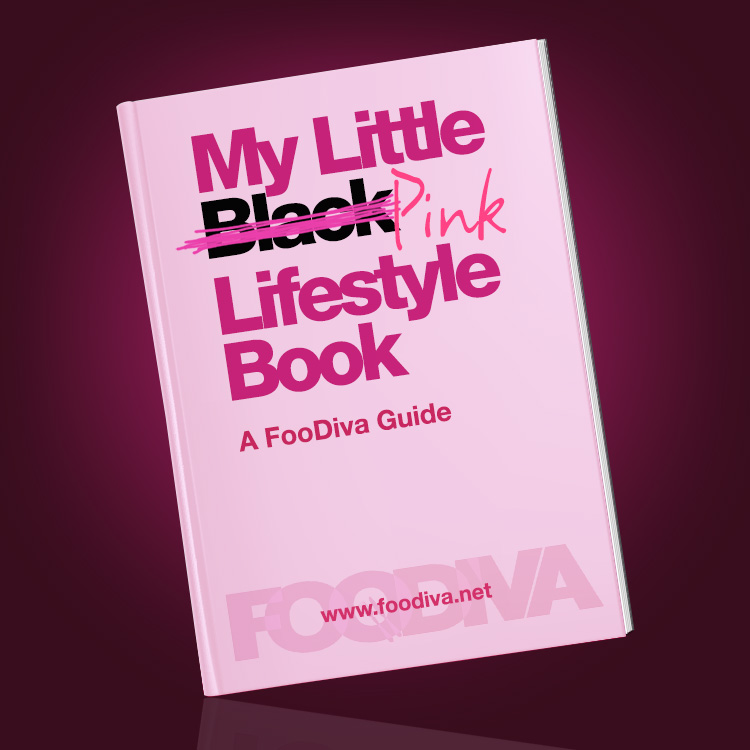


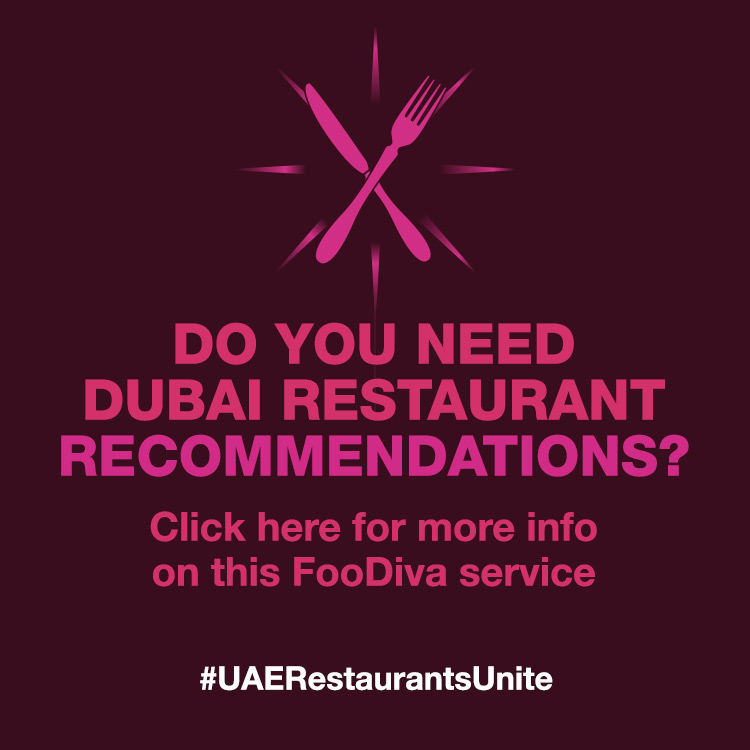



Very encouraging to see that the service is of a high standard given that this seems to be a problem in a lot of restaurants in Dubai. They must be disappointed that you only gave a rating of 2.5 forks when you gave Social 4.0 forks a few months ago. It will be interesting to see if your suggestions/comments are taken on board.
Quite right Johann – usually it’s the other way round in restaurants here; food top notch and service poor. Waldorf has responded well on Twitter with “Thanks Samantha, we’re happy to hear you enjoyed the braised short ribs! Your overall comments are genuinely appreciated.” I would be interested to see if my experience is reflective of others too…and if so whether they do make any changes.
I’m disappointed to hear the food wasn’t great – but I can’t say I’m wholly surprised, either. My experiences with pan-southeast Asian restaurants have rarely been positive, regardless of whether those restaurants are low- or high-end. I’m particularly amused in this case that Lao makes a big point of naming itself after an existing ethnic group (the online menu says “The Lao people were a tribe of the 1st millennium that settled across South East Asia”, which is historically muddled, and rather ignores the existence of several million modern Lao living in Laos), and then almost ignores Laotian cuisine. I’m equally amused at the concept of “Lao-style nasi goreng”, which seems to be a culinary contradiction. Naming a restaurant after a specific ethnic group/region and then almost exclusively filling the menu with dishes from neighbouring or nearby countries seems a bit like calling a restaurant “Lombards”, and then filling the menu with French, Sicilian, Croatian, Greek and Portuguese dishes rather than northern Italian ones on the assumption that they’re all from southern Europe, and no one who isn’t European is going to know where Lombardy is anyway.
This type of pan-Southeast Asian menu seems to usually disappoint precisely because it doesn’t seem to have any sense of geographical or cultural identity. My favourite Southeast Asian restaurants in Dubai are all A) primarily focused on a specific cuisine and B) at the cheap and cheerful end of the market (some more so than others). The latter include Hanoi in JLT, Singapore Deli in Al Karama, and Ban Khun Mae in Mall of the Emirates; the latter may be in the unpromising surrounds of the Ski Dubai-side food court, but it always has Thai women queuing up to order – they don’t stint on the chilli, either. To be avoided if possible is the Little Bangkok chain, which served the blandest Thai food (not to mention the depressingly limp skin on my ‘crispy’ skin duck) I’ve ever had.
At home, I’m currently working my way through an excellent Bangkok-published Burmese recipe book called (rather unoriginally) “The Burma Cookbook”. Burmese mohinga for dinner tonight…..
Agh Mr Man in the White Hat, I did think this review would have been right up your street 😉 Your historical expertise always brings a refreshing perspective. Fair point on the naming, but all restaurants need to create a story to help deliver an identity. Lao has tried to here and would have benefitted from perhaps having the waiter explain the concept on arrival – sadly the ‘story’ did not translate into a wholesome South-East Asian experience. On the flip side to my rational of a safe bet, in this case it’s tricky to get so many cuisines right. Perhaps sticking to one Asian country would be better. I am not quite sure what Lao-style nasi goreng is given it sits in the traditional section of the menu (and I didn’t try it) – nasi goreng is originally Indonesian (even though Malays will argue that point).
I did review Hanoi a while ago, and actually even popped by this weekend to appease my banh xeo craving (and my friend’s pho), but whilst it’s the only true Vietnamese in town, its lack of a pork license makes it difficult to deliver the full range of dishes. I also find the dishes very oil-heavy. Agree on Singapore Deli. Not tried the MOE outfit. My favourite is Lemongrass, the teeny Thai joint opposite Lamcy Plaza (not the mall food court outlets) – they don’t skimp on chilli either. Now Burmese would be an interesting and novel concept for Dubai 🙂
I’ll admit that I was being a little unfair on the “Lao-style nasi goreng”, conflating two different captions; the nasi goreng is under the “Southeast Asian classics Lao style”, which – in fairness – is presumably meant to refer to ‘in the style of Lao restaurant’. But the scope for confusion is there when you name a restaurant after a living culture with its own cuisine and then don’t elaborate.
As for Burmese… Golden Myanmar in the Al Khail Mall food court (Al Quoz) is said to be Dubai’s only dedicated Burmese outlet, but I haven’t tried it yet. Also, Innalay Asia in JLT is supposed to have a Burmese cook who has slipped some Burmese dishes into the “special dishes” section of the menu; but again, I haven’t tried it.
A bit late, but following on from that last remark about potential Burmese outlets in Dubai…
I can confirm that Innlay Asia (the correct spelling this time) in JLT (HDS Tower, Cluster F) does indeed have a dedicated Burmese section of the menu under “Myanmar Selection”. I can vouch for the deep-fried Burmese yellow tofu, the Shan noodles, and particularly the tea salad!
Great to know. Tea salad sounds delightful 🙂 Worthy of a guest review Mr Man in the White Hat?!
Hello,
I don’t normally write feedbacks but this time I couldn’t help it :)! Being Lao myself, I am quite offended to read that Lao is named after a ‘tribe’ ?! We’re not a tribe, we’re a nation! Although not as developped as most of the western nations, it is very unfair to refer to Lao people as a tribe.
Lao happen to be citizens of Laos, a short name for Laotians if you prefer.
Based on that, I don’t really know if I should laugh or cry at this point? :)!
That was my first point.
Nothing on the menu is the true reflection of real Lao food. It is rather a bad fusion of eastern Asian countries and gives people a very wrong idea of what our food tastes like.
I totally agree with the man in he White hat. The best Lao food in town is at Ban Khun Mae. I eat there every week end, the food is prepared by a Laotian chef and many of the customers are Lao themselves.
The food is very similar to what my mom cooks and what Lao people eat.
You can ask the chef to prepare you the food ‘LAO’ style, such as the papaya salad – not for the faint hearted!
when you see in any menu Chinese, Thai, Vietnamese, most of the time, you can be sure it won’t be authentic so I’d personally stick to 1 restaurant – 1 cuisine.
All,of this made me hungry 🙂 and don’t get me wrong foodiva, I do enjoy reading your reviews , just not this one :)!
Well I hope the hotel is monitoring the comments on this review Tilong so your feedback is noted. The Lao branding is confusing I must admit given the cuisine of this restaurant is not meant to be Lao, but the more all-encompassing South-East Asian. And even the Lao section is their interpretation of signature dishes from that region – again not meant to be specific to Lao. Clearly I need to try Ban Khun Mae! Thanks for dropping by with a comment, and I hope to see you here more frequently 😉